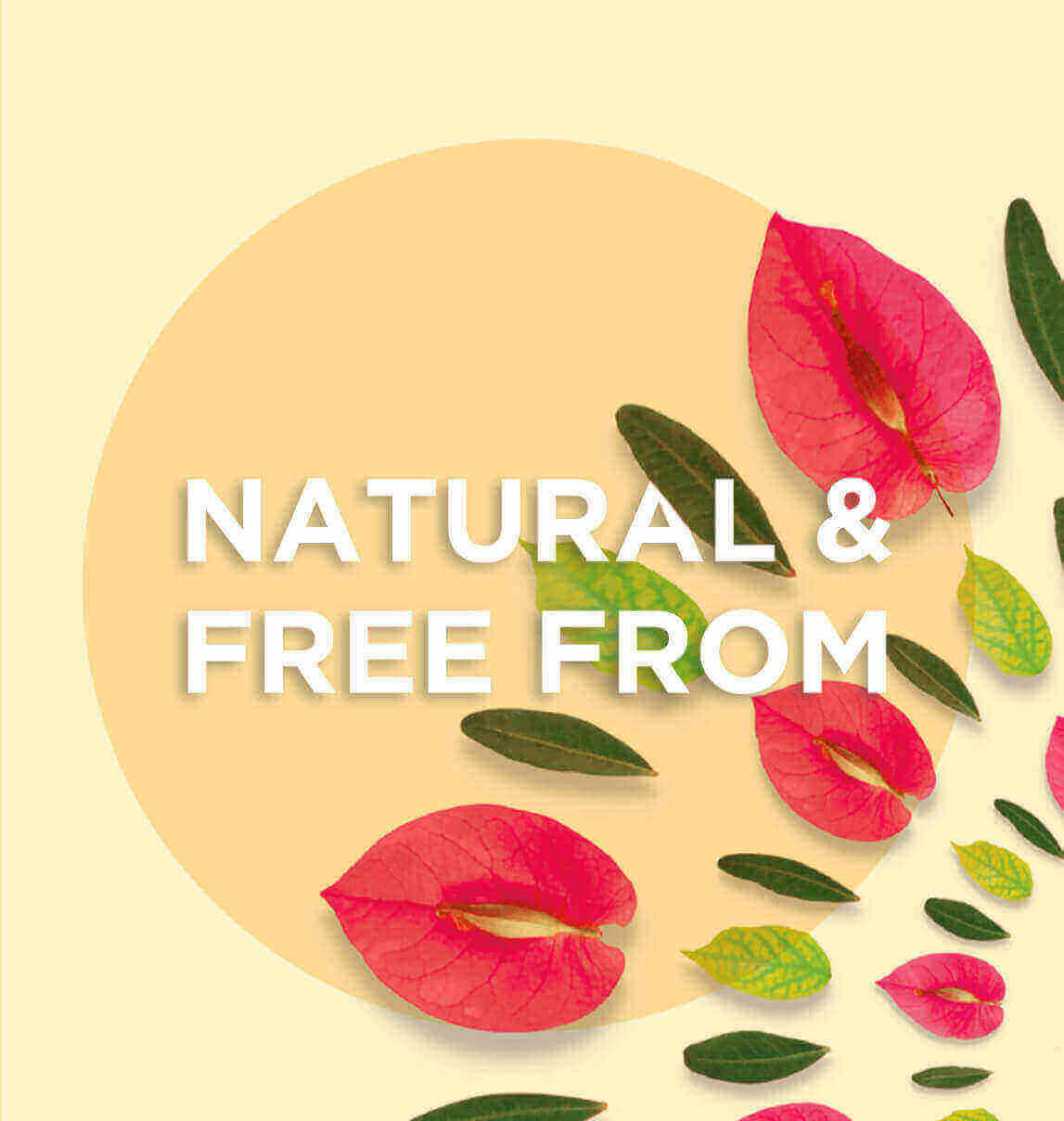Come the colder and darker months, how should we be getting our daily dose of this sunshine vitamin? As many as 1 in 6 people in the UK have a low vitamin D status (7). What’s more, a 2021 survey showed that 49% of adults were unaware of the UK government guidelines for vitamin D intake (1).
Put simply, vitamin D should be at the forefront of all our minds come the cold season. Here is a go-to guide on vitamin D to ensure that we are getting enough:
Why do we need vitamin D?
Vitamin D’s primary role is in maintaining healthy bones. With up to 300,000 people hospitalised each year because of fragility fractures, it is essential that deficiencies don’t occur in this critical nutrient. Vitamin D is unique because, unlike other nutrients, it acts as a hormone. As there are vitamin D receptors located on numerous organs in the body, this nutrient plays a role in several areas of well-being including muscle, tooth, brain, cardiovascular and even immune health (2).
How much vitamin D do we need?
Public Health England (PHE) recommends that everyone in the UK are to obtain 10 micrograms (mcg) or 400 International Units (IU) of vitamin D daily.
Where can I obtain vitamin D?
Vitamin D is referred to as the sunshine vitamin for good reason. It’s manufactured within the body in response to sunlight reaching our skin (3). There are few naturally rich food sources of vitamin D. Key foods include egg yolks and oily fish such as salmon, mackerel and sardines (4). However, one large egg only contains around 1mcg (40IU) of vitamin D, which is just one-tenth of our daily requirements. Oily fish is a slightly richer source of vitamin D, however, we would need to consume many times more than what is recommended on a weekly basis to hit our vitamin D targets. Whilst you can find vitamin D in fortified foods such as margarine, spreads, juices and breakfast cereals, in the UK fortification is voluntary therefore may not always be a reliable source. Lastly, vitamin D-enhanced mushrooms are specifically exposed to UV rays can also provide a source of this nutrient. However, on average, our diet alone provides just 3.5 micrograms (140IU) of vitamin D per day which is one-third of the requirements.
Who is at risk of vitamin D deficiency?
During the darker months, populations residing in countries in the northern hemisphere may be at risk of vitamin D deficiency, due to the lack of sunlight and the fact that food is not the most reliable source. Therefore in the UK, it’s recommended that everyone aged 4 years and older should consider taking a daily vitamin D supplement of 10mcg (400IU) between the months of October-April.
There are several at-risk groups, that should consider supplementing with 10mcg vitamin D all year round:
- Those over the age of 65 (5)
- Pregnant and breastfeeding women
- Those who wear clothes that cover most of their skin when outdoors
- Those of Asian, Afro-Caribbean and Middle Eastern descent living in countries in the northern hemisphere
- Those who spend limited time outdoors during summer months, such as those carrying nightshift work
What are the vitamin D recommendations for infants?
Children under the age of 4 should take a daily vitamin D supplement of 10 mcg all year round, whilst babies under 1 should supplement with 8.5-10 mcg unless they are fed more than 500ml of vitamin D-fortified formula milk daily.
What is the difference between vitamin D3 and D2?
Vitamin D3 usually comes from animal sources whilst vitamin D2 comes from plants. Vitamin D3 is twice as effective at raising blood levels of vitamin D in comparison to D2.
Hello Day’s Immunity Support provides the government-recommended 10 mcg of vitamin D3. It is unique as it is a vegan vitamin D3 sourced from algae.
Try Hello Day’s IMMUNITY SUPPORT for your minimum daily dose of Vitamin D3. You’ll also find 2 microgram doses in BEAUTY BOOST, VITALITY BALANCE, and IMMUNITY SHIELD

References
- https://www.nutrition.org.uk/news/2021/british-nutrition-foundation-survey-reveals-49-adults-unaware-of-uk-government-guidelines-for-vitamin-d/
- https://assets.publishing.service.gov.uk/government/uploads/system/uploads/attachment_data/file/537616/SACN_Vitamin_D_and_Health_report.pdf
- https://onlinelibrary.wiley.com/doi/10.1111/j.1751-1097.2006.tb09833.x
- https://assets.publishing.service.gov.uk/government/uploads/system/uploads/attachment_data/file/971021/McCance_and_Widdowsons_Composition_of_Foods_integrated_dataset_2021.pdf
- https://pubmed.ncbi.nlm.nih.gov/2997282/
- https://www.gov.uk/government/collections/national-diet-and-nutrition-survey





